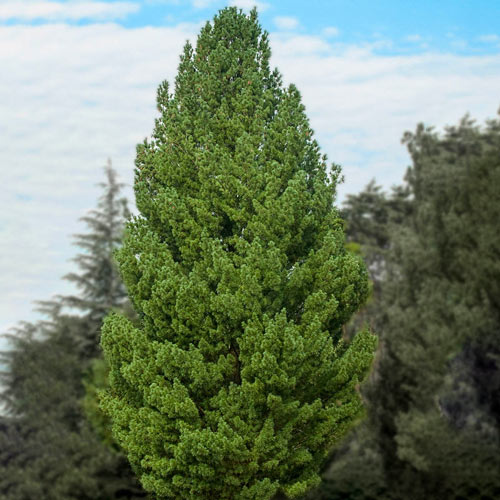Majestic Legacy of White Pine Tree
The history of White Pine Tree also known as Pinus strobus, extends through many thousands of years. Before anyone else, North American Indigenous tribes discovered the value of this tree by using its bark, needles, and resin for medical applications and practical uses. The towering height and straight growth of this tree impressed European settlers, who then sought it extensively as a timber resource. During the 1700s and 1800s, the British Royal Navy designated the tall straight trunks of this species for constructing ship masts, which underlined its vital role in maritime history. Conservation actions enabled this species to prosper even under extensive logging activities. The eastern and northern United States forests feature this species prominently today as a symbol of both natural beauty and resilience.
White Pine Tree Medicinal Uses Through the Ages
North American indigenous populations used Pinus strobus extensively for its healing properties. People used to make tea from the inner bark to treat breathing problems, including coughs, colds, and bronchitis. Early settlers during cold winters relied on vitamin C-rich needles as a crucial remedy against scurvy. The resin derived from the bark served as an antiseptic for wounds, which helped accelerate healing and prevent infections. People created decoctions from Pinus strobus cones and twigs which helped alleviate rheumatic pain and inflammation. Herbalists today continue to utilize this extraordinary species by using its essential oils and extracts in natural respiratory and immune system treatments.
Discovery and Early Documentation
Native tribes utilized Pinus strobus in their daily practices well before Europeans began exploring the continent. European botanists documented their first encounter with the species in the early 1600s after noting its impressive size in northeastern continental forests. The soft yet durable wood of this species quickly established it as a fundamental component of colonial commerce. Naturalists such as John Bartram and André Michaux recorded how this species grew quickly and spread across landscapes, which helped establish its role as a valuable resource. European parks and gardens welcomed the species because people admired its quick growth alongside its dignified beauty.

Role in Landscaping and Green Spaces
Landscapers and gardeners prize the White Pine Tree because of its adaptable nature and visual charm. This species functions as both a wind barrier and a seclusion screen while producing verdant scenery in expansive garden spaces and parks. Because of its soft, feathery needles and tall elegant shape, Pinus strobus remains a favored species for natural settings as it maintains visual appeal throughout all seasons. Group planting of this species creates a peaceful woodland environment, which improves the calmness of outdoor areas. The tree's deep root system helps stabilize soil against erosion while its aesthetic qualities make it an excellent candidate for reforestation and conservation efforts. This adaptable species thrives in numerous landscape designs from large estates to small backyard gardens.
White Pine Tree Appearance and Distinct Features
White Pine Tree stands out from its relatives because of its clusters of five soft, bluish-green needles. The needles emit a gentle, fresh scent that contributes to their allure. The tree's bark initially appears smooth and gray when young, but develops deep furrows and ridges over time. The tree displays elegant horizontal branch layers, which create its distinctive outline. Some mature specimens grow to impressive heights beyond 150 feet, and documented exceptional trees have reached over 200 feet. During the autumn season, slender cones reaching eight inches in length release seeds that serve as food sources for multiple wildlife species.
A Haven for Rare and Unique Wildlife
The presence of Pinus strobus allows numerous rare wildlife species to thrive, establishing its fundamental role in forest ecosystems. Birds like the red crossbill and pine warbler use its branches for vital nesting locations. Small mammals, including red squirrels, chipmunks, and black bears, depend on these seeds for sustenance. The needles of this plant serve as host sites for egg-laying by various moth and butterfly species, which are crucial pollinators. The tree serves as a protective habitat for big mammals, including deer, during the winter months because its thick foliage creates shelter from severe weather. The plant's capacity to support various wildlife proves its essential ecological value and indispensable function in natural ecosystems.
White Pine Tree Unmatched Hardiness and Adaptability
White Pine Tree displays remarkable resilience, which is one of its most persistent attributes. This species succeeds across various soil types including sandy well-drained terrains and rocky highland areas because of its effortless adaptation to diverse landscapes. The species demonstrates essential qualities for northern climates because it remains viable in extreme cold reaching -40°F. While Pinus strobus grows rapidly it displays significant resistance to pests and diseases although threats such as blister rust and bark beetles can emerge under certain conditions. This species demonstrates its resilience by regenerating after environmental disruptions such as storms and logging activities. This species exhibits durability and beauty in both city landscapes and distant forests while providing ecological advantages that will endure for future generations.